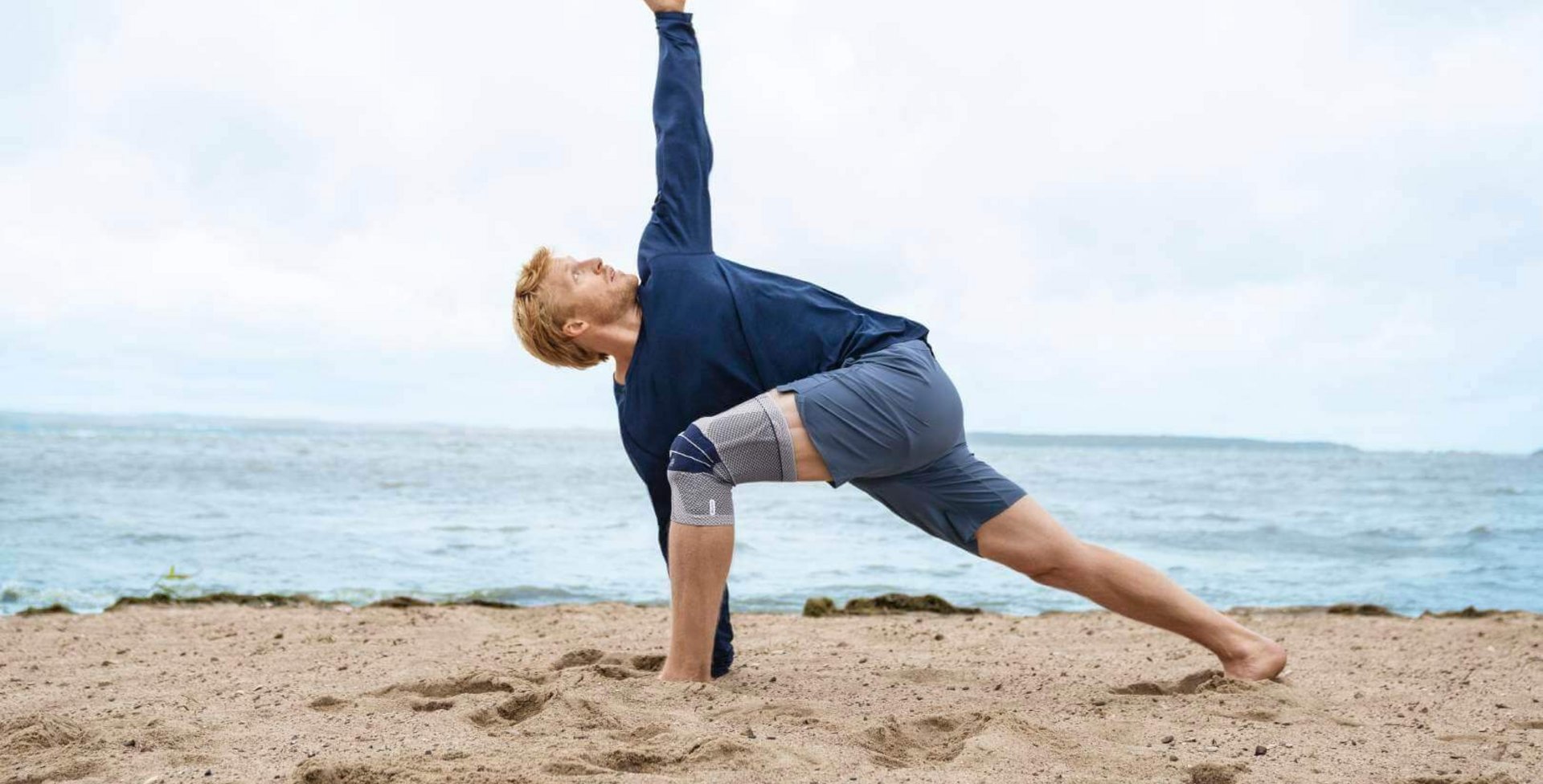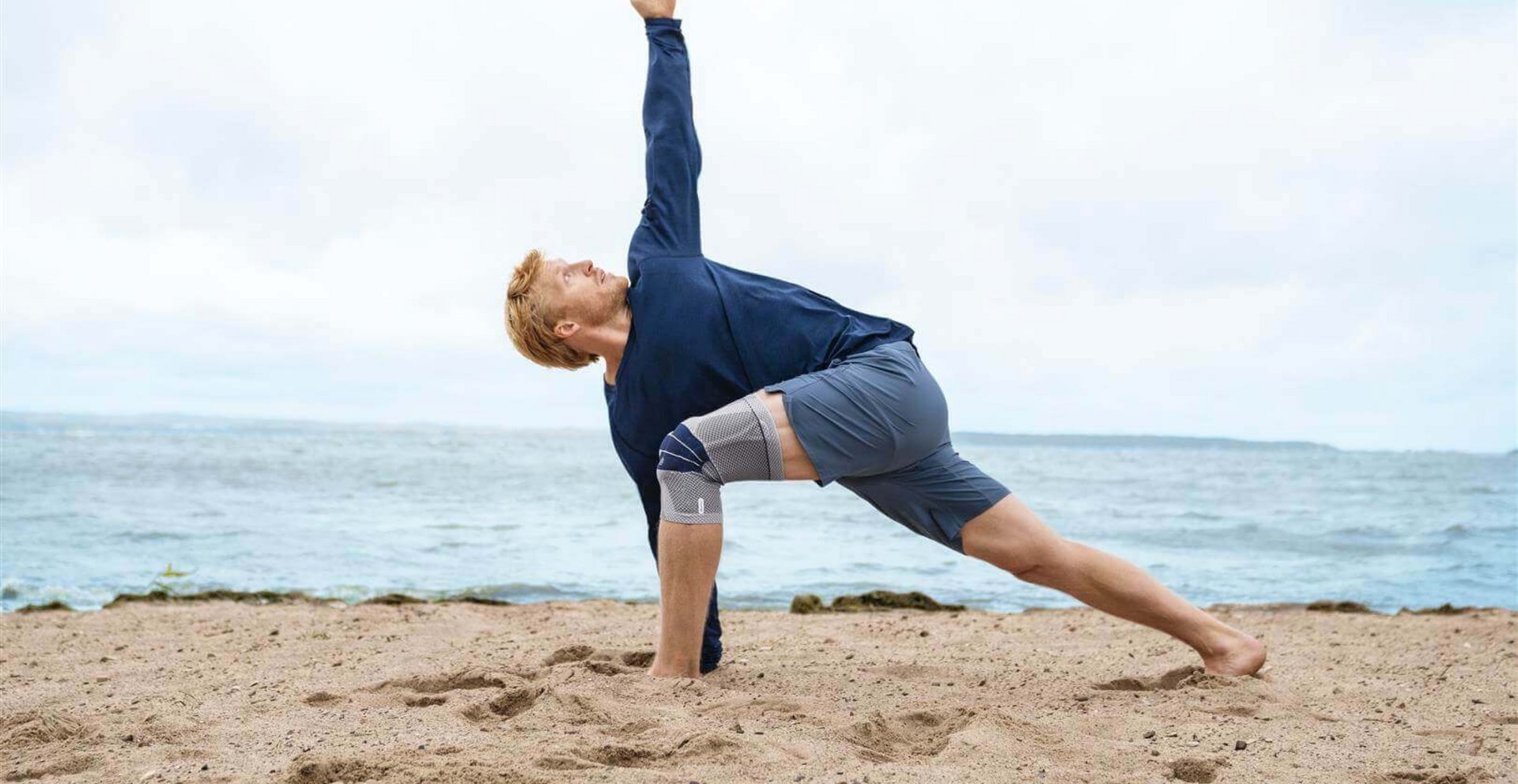Our knees are essential for everything we do – a fact that often goes unnoticed until something is wrong with them. Knee pain can occur very suddenly or increase over time. In addition to the acute complaints, chronic pain can severely affect a person’s quality of life. In order to ensure everything returns to running smoothly soon, it’s important not to ignore your knee pain.
What to do about knee pain?
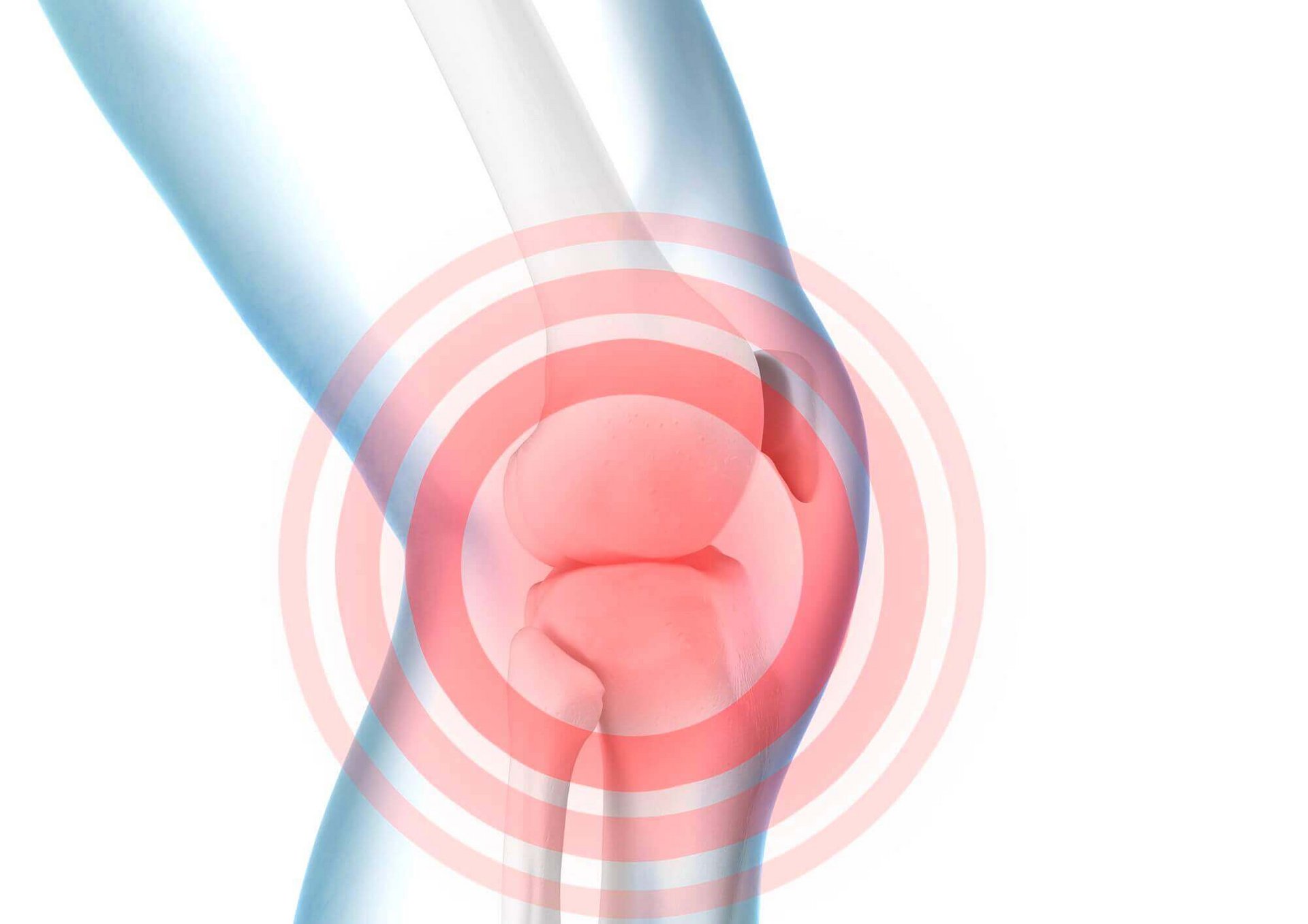
In the morning after getting up, when taking the stairs or bending your knees, during short walks or when subjected to severe strain – knee pain can occur in all sorts of situations. And it’s not always obvious what’s causing the pulling or piercing pain in the knee. Excessive strain or inappropriate mechanical stress triggered by exercise can be a reason, as can normal everyday activities. Sometimes, people don’t realize that their knee pain has been caused by a fall or unfavorable movement, because they don’t notice the pain until some time after such an event has occurred.
Since there are all sorts of causes, the pain can also present in different ways: some people experience sudden pain in the knee joint or the kneecap. Others feel it on the inside or the outside of the knee. Sometimes, it is not only a pulling sensation but the entire knee is suddenly swollen.
No matter how the pain manifests – it is crucial to find its cause. That is the only way to find out what will benefit your knee to ensure you can be pain-free again quickly.
Find the cause of your knee pain

Take the self-test: answer some simple questions about your knee pain, your level of activity and your physical characteristics.

You will then be provided with an assessment of what the cause for your knee pain could be.

Depending on the result, make an appointment with your physician and find out more about symptoms and treatment options for different knee problems here.
Diagnosing knee pain
Because knee pain can have so many different causes, a consultation with a physician must be carried out before a diagnosis can be made. The physician will question you on when your symptoms first occurred, how long the knee pain lasts, and what it feels like. You will also be asked to describe any accompanying symptoms and pre-existing conditions you may have. After that, the physician will perform a physical examination to determine the extent of your knee joint mobility. Various movement tests can provide indications of specific injuries. In order to ensure a reliable diagnosis, these tests are usually followed by imaging techniques such as an ultrasound, X-ray, CT or MRI scan. If the cause of your knee pain is not related to the joint, other examinations may be required.
Where does your knee pain come from?
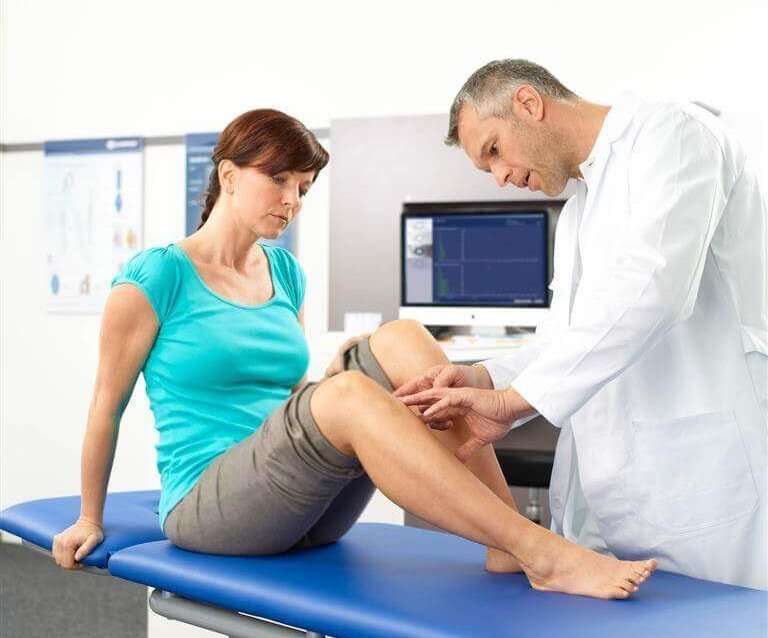
In general, any part of your joint structure can be responsible for knee pain, from tendon irritation and muscle hardening to cartilage damage. Since there are so many types of knee pain, there can also be all sorts of causes – that is why you should make sure a physician checks on persistent pain. Knee instability, knee joint effusion and osteoarthritis are very common diagnoses, for example. Find in-depth information here to learn more about what happens in your knee with these conditions and what can help with the pain.
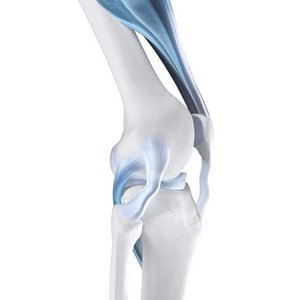
Does your knee feel wobbly and are you worried it might give out? This may be a sign of knee joint instability. Find out all the important details about causes and treatment here.
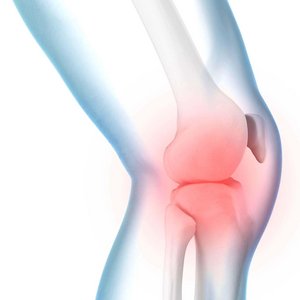
Is your knee swollen and immobile and does it hurt during bending and stretching? This may be caused by knee joint effusion. Find out here how knee joint effusion develops and how it can be treated.
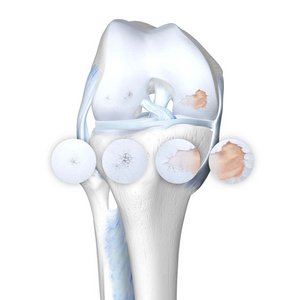
Does your knee pain mainly occur when subjected to strain? This may be a sign of osteoarthritis. You may be at an increased risk if you have already suffered from an injury to the knee joint, if your knee is regularly subjected to a lot of strain, during exercise or at work, for example, if you suffer from a pre-existing condition, such as diabetes or osteonecrosis, if you are severely overweight or you have a misalignment of the joint or legs. We recommend you take our osteoarthritis risk test and learn more about symptoms and treatment. Find out more here.
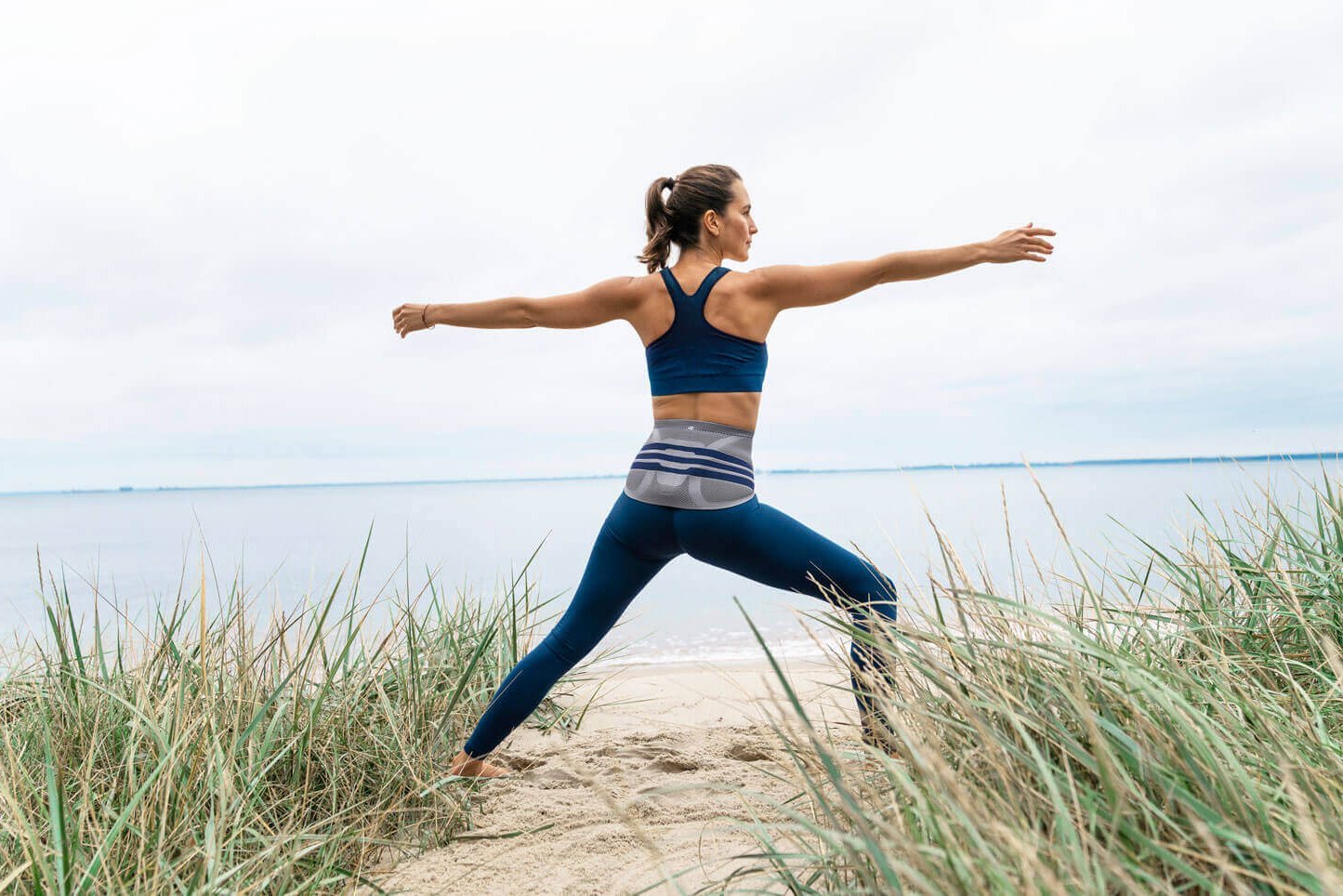
Would you like to know more about our Train supports and their effectiveness? Find out here how the GenuTrain can help you with your knee pain.

